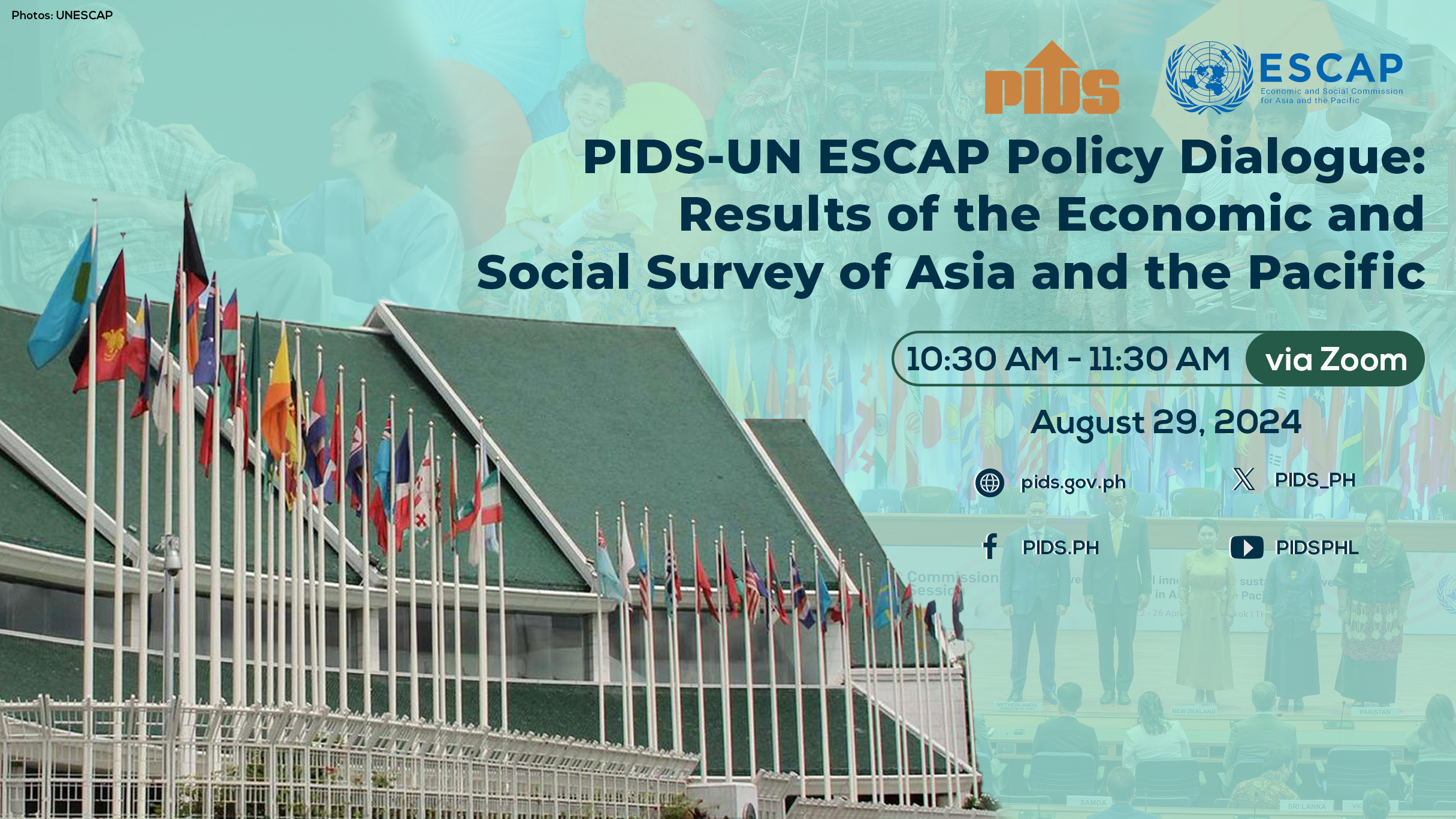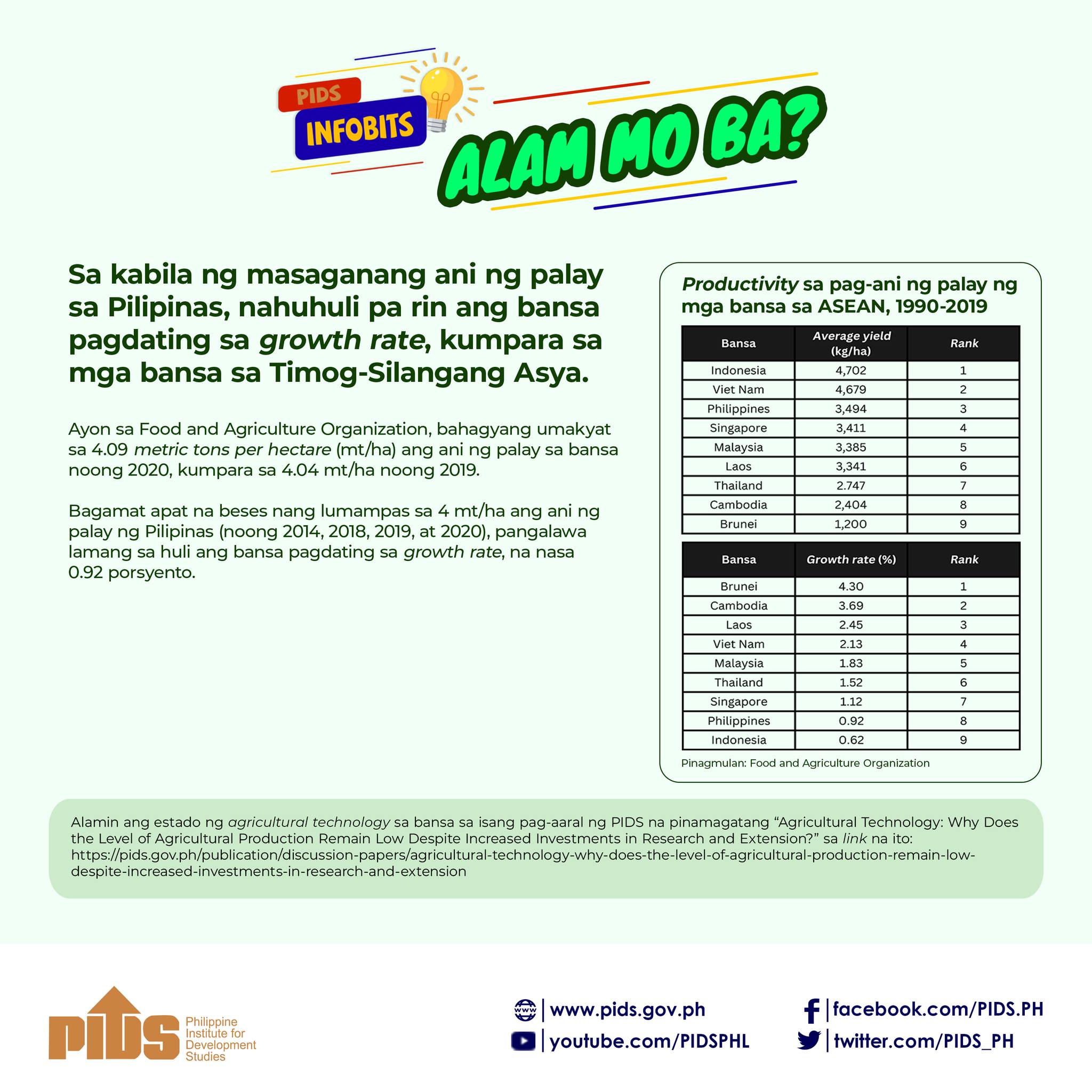MANILA, Philippines — Regular revisions on how the government calculates economic data pushed up growth figures under the Duterte administration, but a former head of the country’s statistical agency was quick to dispel concerns data are being padded.
In a statement, the Philippine Statistics Authority (PSA) said the national income accounts, which is used to gauge gross domestic product (GDP), will now be computed using the base year 2018, instead of the old base year of 2000.
As a result of the rebasing, GDP growth data since 2001 were immediately recomputed and showed that in 2019, the economy grew slightly faster at 6% than the previously estimated 5.9%.
The same upward change was reflected for years 2016 to 2018, data showed. In 2018, GDP growth was amended to 6.3% from 6.2% previously, while two percentage points were added each for expansions in 2017 to 6.9% and 2016 to 7.1%. Earlier data from 2001, on average, also show about GDP expansion up by around one percentage point.
In justifying the revisions, PSA said in a flyer accompanying the statement that rebasing is a “standard international practice” and is needed to “capture changes in the country’s economic landscape.”
Sought for comment, Jose Ramon Albert, former head of the National Statistical Coordination Board which preceded PSA, said updating the base year of economic data like GDP and inflation is needed “to accurately show how much people spend on as well as changes in economic activity.”
This is crucial especially in GDP which calculates the price of goods and services generated in an economy. Since prices change through time, as well as products and services people spend on, what is worth P1 last year may be worth less or more now, for instance.
“You keep changing the base year not to make a government look good or look worse. You would really want the most recent benchmark year so that you get to capture the change in economic activity,” Albert said in a phone interview.
Targets must be revised
Ideally, he said base years should be updated “every five years,” but this does not happen according to schedule. Last year, the base year for consumer price index, used to gauge inflation, was updated to 2012 from 2006 after eight years. Before the latest update, the GDP base year of 2000 has been in place since 2011.
Albert said better data helps policymakers craft more responsive policies. That said, the most immediate impact of base year revisions is that it makes government targets, crafted using the old base year, no longer valid. Hence, it also does not mean that the economy performed better or worse than initially estimated.
“All targets will have to be revised accordingly,” said Albert, who is now a senior research fellow at the state-funded Philippine Institute for Development Studies
Budget Undersecretary Laura Pascua, a member of the Executive Technical Board advising the economic managers, said the government is revisiting its economic targets to account for the coronavirus impact but that she is “not sure what the effect of rebasing will be.”
In a statement, the Philippine Statistics Authority (PSA) said the national income accounts, which is used to gauge gross domestic product (GDP), will now be computed using the base year 2018, instead of the old base year of 2000.
As a result of the rebasing, GDP growth data since 2001 were immediately recomputed and showed that in 2019, the economy grew slightly faster at 6% than the previously estimated 5.9%.
The same upward change was reflected for years 2016 to 2018, data showed. In 2018, GDP growth was amended to 6.3% from 6.2% previously, while two percentage points were added each for expansions in 2017 to 6.9% and 2016 to 7.1%. Earlier data from 2001, on average, also show about GDP expansion up by around one percentage point.
In justifying the revisions, PSA said in a flyer accompanying the statement that rebasing is a “standard international practice” and is needed to “capture changes in the country’s economic landscape.”
Sought for comment, Jose Ramon Albert, former head of the National Statistical Coordination Board which preceded PSA, said updating the base year of economic data like GDP and inflation is needed “to accurately show how much people spend on as well as changes in economic activity.”
This is crucial especially in GDP which calculates the price of goods and services generated in an economy. Since prices change through time, as well as products and services people spend on, what is worth P1 last year may be worth less or more now, for instance.
“You keep changing the base year not to make a government look good or look worse. You would really want the most recent benchmark year so that you get to capture the change in economic activity,” Albert said in a phone interview.
Targets must be revised
Ideally, he said base years should be updated “every five years,” but this does not happen according to schedule. Last year, the base year for consumer price index, used to gauge inflation, was updated to 2012 from 2006 after eight years. Before the latest update, the GDP base year of 2000 has been in place since 2011.
Albert said better data helps policymakers craft more responsive policies. That said, the most immediate impact of base year revisions is that it makes government targets, crafted using the old base year, no longer valid. Hence, it also does not mean that the economy performed better or worse than initially estimated.
“All targets will have to be revised accordingly,” said Albert, who is now a senior research fellow at the state-funded Philippine Institute for Development Studies
Budget Undersecretary Laura Pascua, a member of the Executive Technical Board advising the economic managers, said the government is revisiting its economic targets to account for the coronavirus impact but that she is “not sure what the effect of rebasing will be.”












